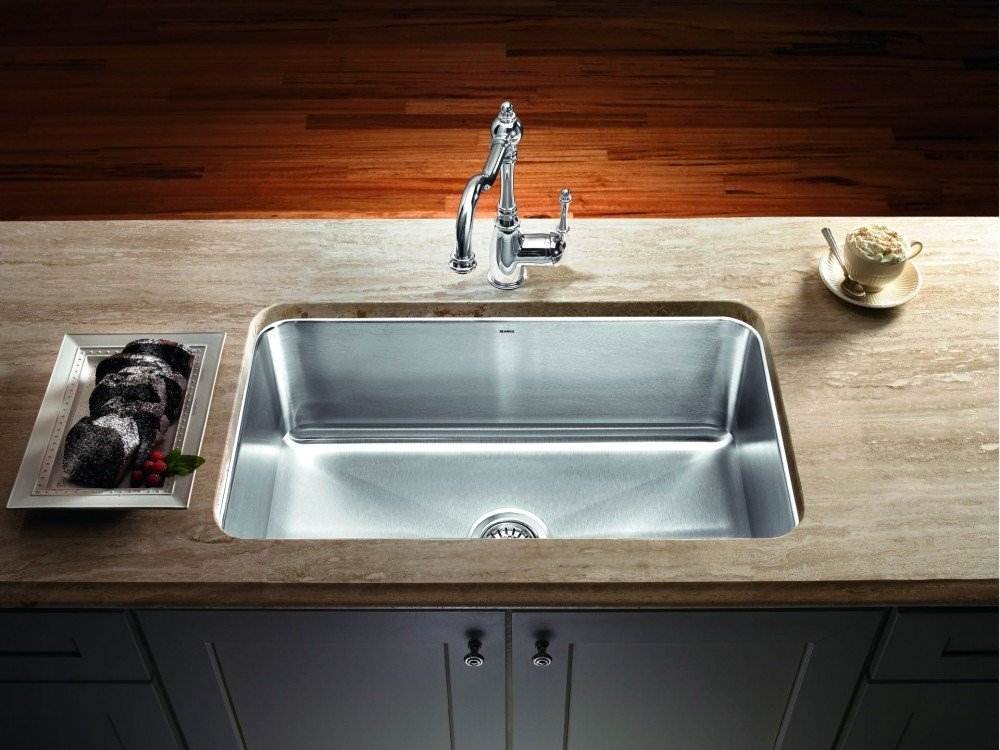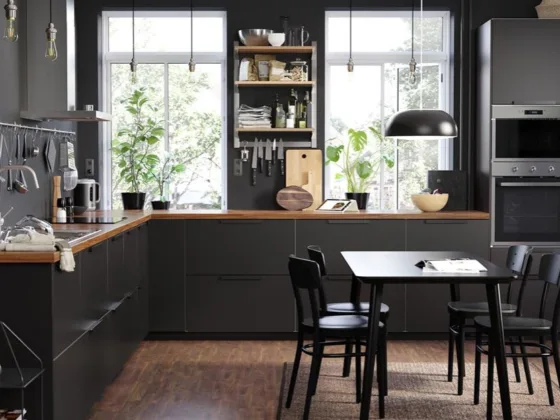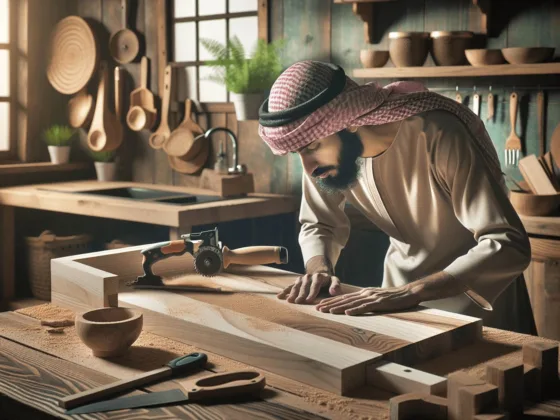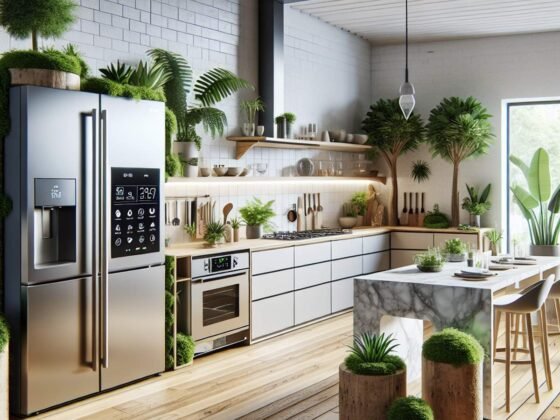Table of Contents Show
Many people choose to buy single bowl stainless steel sinks because they are affordable, appealing, easy to maintain, and durable. However, some other materials and designs are worth exploring too.

The material you choose for your kitchen sink will not only influence the way the sink and the entire kitchen looks, but also the maintenance. It will determine how long the sink will serve you because materials come with varying durability.
Keep in mind that your sink and countertop need to work together. That is why it is essential to do your homework well to ensure you get the best possible material.
Again, the installation options vary depending on the countertop material you select. A solid-surface designed from natural stone, artificial material, wood, or concrete, for instance, will allow for an under-mounted sink.
This design creates a cross-section view of the surface with a clean, simple line. Farmhouse or apron sinks with exposed face panels, on the other hand, need to be factored in early during the kitchen design process since they come with special cabinet needs.
With that in mind, let’s now look at different types of sink materials and how you can identify one that’s right for you.
Read Also:
- Woah, What’s That Smell? 6 Signs Your Home Needs Professional Drain Cleaning
- Replacing Your Pipes: 3 Key Signs Your Bathroom Needs New Plumbing
- Forget the Handyman! How to Fix Your Leaky Kitchen Sink
- How a Granite Countertop Can Improve Your Home Décor
- Why Copper Cookware Should Be in Your Kitchen!
- 7 Green Home Cleaning Hacks You Must Try
Stainless Steel
Stainless steel is one of the most sought after sinks today. It is also the most common sinks in houses today.
This shouldn’t come as a surprise, considering stainless steel is durable, long-lasting, appealing, easy to maintain, and blends well with most surfaces.
Additionally, stainless steel sinks are cost-effective, making it easily accessible to the budget-savvy buyers. What’s more, these sinks come in varying designs, including a single bowl, double bowl, under-mount, and so on.
If your kitchen space is small, or if you don’t want the sink to take up much of your countertop space, then it’s best to buy single bowl stainless steel sinks as they are classy, compact, and functional.
The biggest downside of stainless steel sinks is that they are prone to scratches. On top of that, they also limit you in terms of color options and finish and are not a great choice if you are seeking bold colors.
Porcelain Sinks
Porcelain sinks are also pretty common in homes today and for the right reasons. They are a strong option that holds up well over the years.
Maintenance is also on the lower side – you only will need regular cleaning to get rid of food and substances that could potentially stain the sink.
What’s more, the porcelain sink comes in a wide range of colors, making it easy to find one that blends with your kitchen’s décor and theme. While mostly used in bathrooms, porcelain sinks are also an excellent option for the kitchen.
Compared to stainless steel sinks, porcelain sinks are heavy and can be a hassle to install. They also are susceptible to chips as well as staining. So, despite its durability, the sink may chip when you drop something heavy on it.
Composite Sinks
These sinks have been gaining popularity over the recent years. They are crafted from quartz or granite blended with resins and fillers to form the sink material.
Granite option is the strongest and most durable composite sink. Depending on the material used, these sinks are resistant to scratching, staining, spotting, or chipping.
The sinks have a matte finish that many people love and come in a range of neutral colors to match your kitchen theme.
Compared to porcelain sinks, composite sinks have fewer style options and are often ideal as contemporary décor. They are also harder to install than steel or porcelain sinks.
Enamel Sinks
Enamel sinks usually include another material, like steel, stone, or cast iron, that’s coated with enamel. So, the material inside the sink is not enamel – only the outer layer is.
Enamel has incredible properties – including durability, ease of cleaning, versatility – and is what makes these sinks appealing.
Enamel sinks allow you to integrate different colors into your space because you can personalize or buy sinks in your shade of choice.
When you compare enamel sinks to the stainless steel one, enamel sink is less durable and generally a lo-end alternative.
Natural Stone Sinks
Natural stone sinks have a timeless beauty. They make for a perfect kitchen sink and offer an elegant look in the kitchen. And since every natural stone is unique, it is improbable to find two sinks that look alike.
The sinks are beautiful, diverse, and functional and are the best choice if you are looking for a masterpiece. They are also long-lasting and durable and can serve you for the rest of your life.
Natural stone sinks are costly, which makes it a less appealing option for the cash strapped or budget-savvy buyers.
Conclusion
Whether you prefer porcelain, stainless steel, stone, or composite, you are sure to find something that works for your space.
Each sink material provides a range of sizes, shapes, finishes, and colors to work in kitchens from classic to modern.










1 comment
200% practical tips!